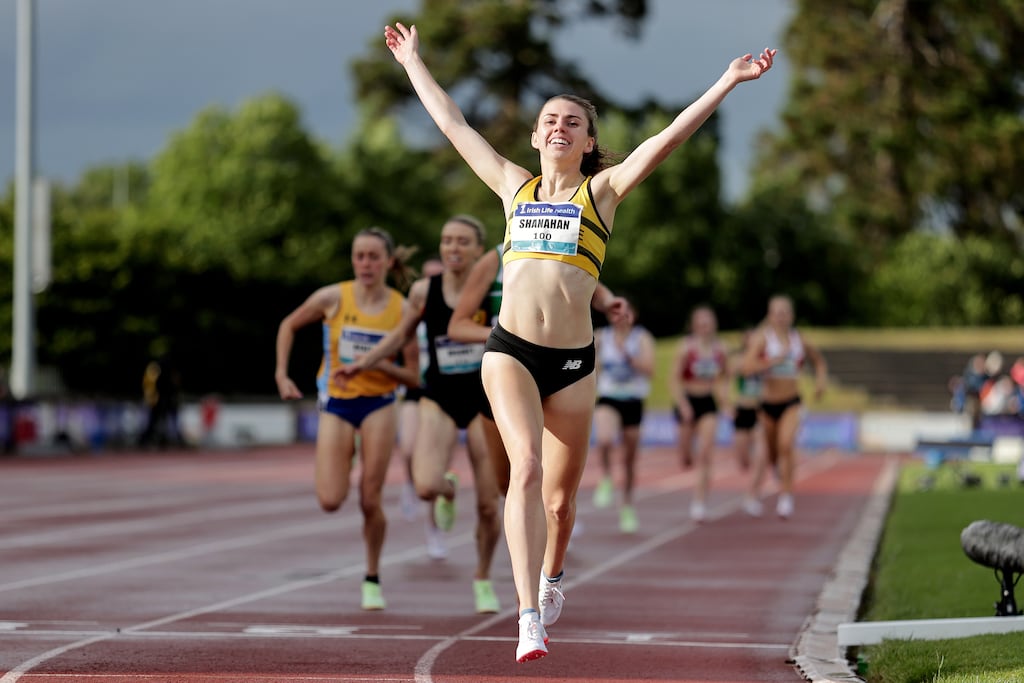Beating your 17-year-old self: Louise Shanahan a role model for plateauing athletes
Irish 800m runner wants to change attitudes on post-pubescent time plateaus for young women

Join The Irish Times on WhatsApp and stay up to date
What’s making headlines in the rugby world? Listen to The Counter Ruck podcast with Nathan Johns
Sign up for push alerts to get the best breaking news, analysis and comment delivered to your phone











